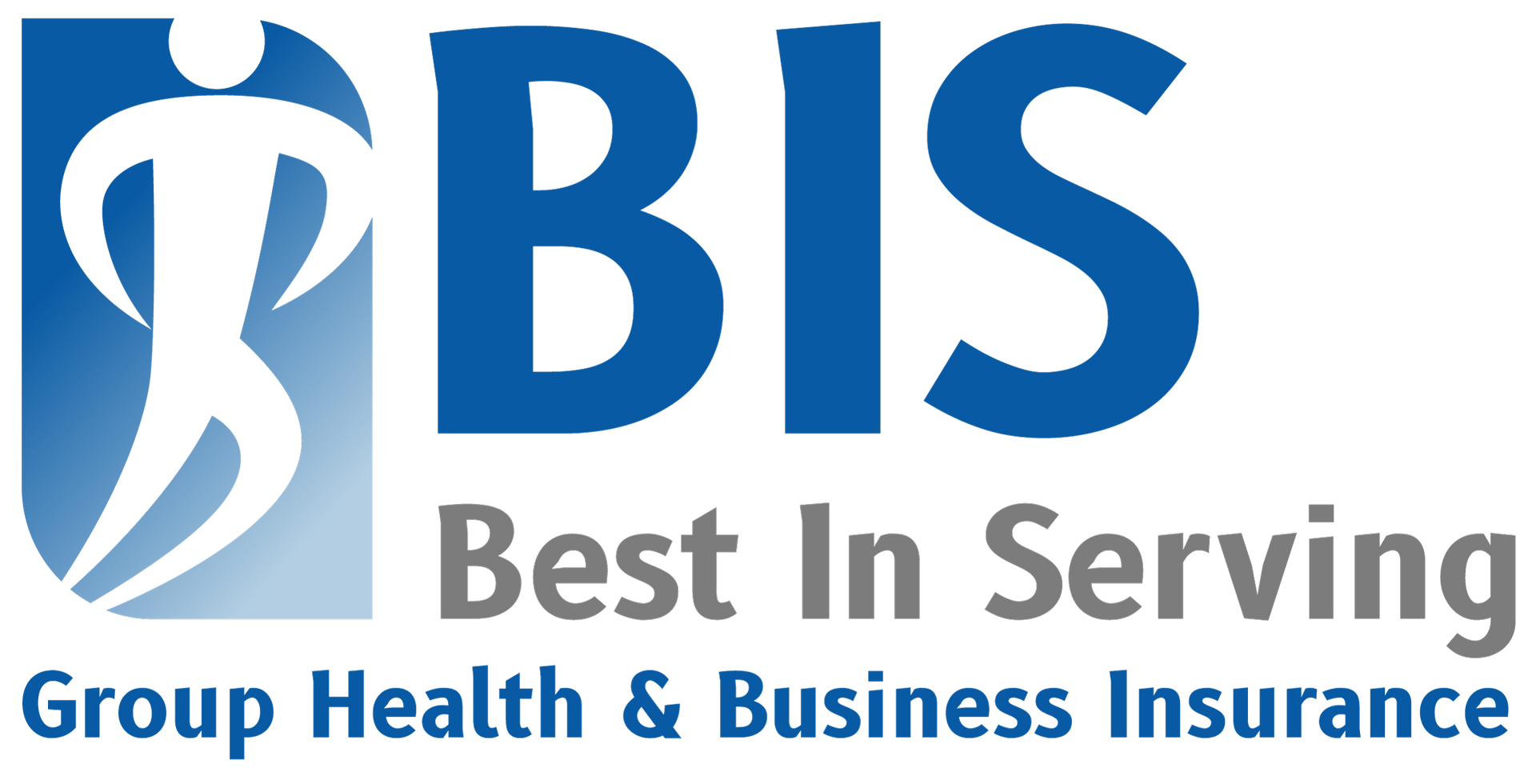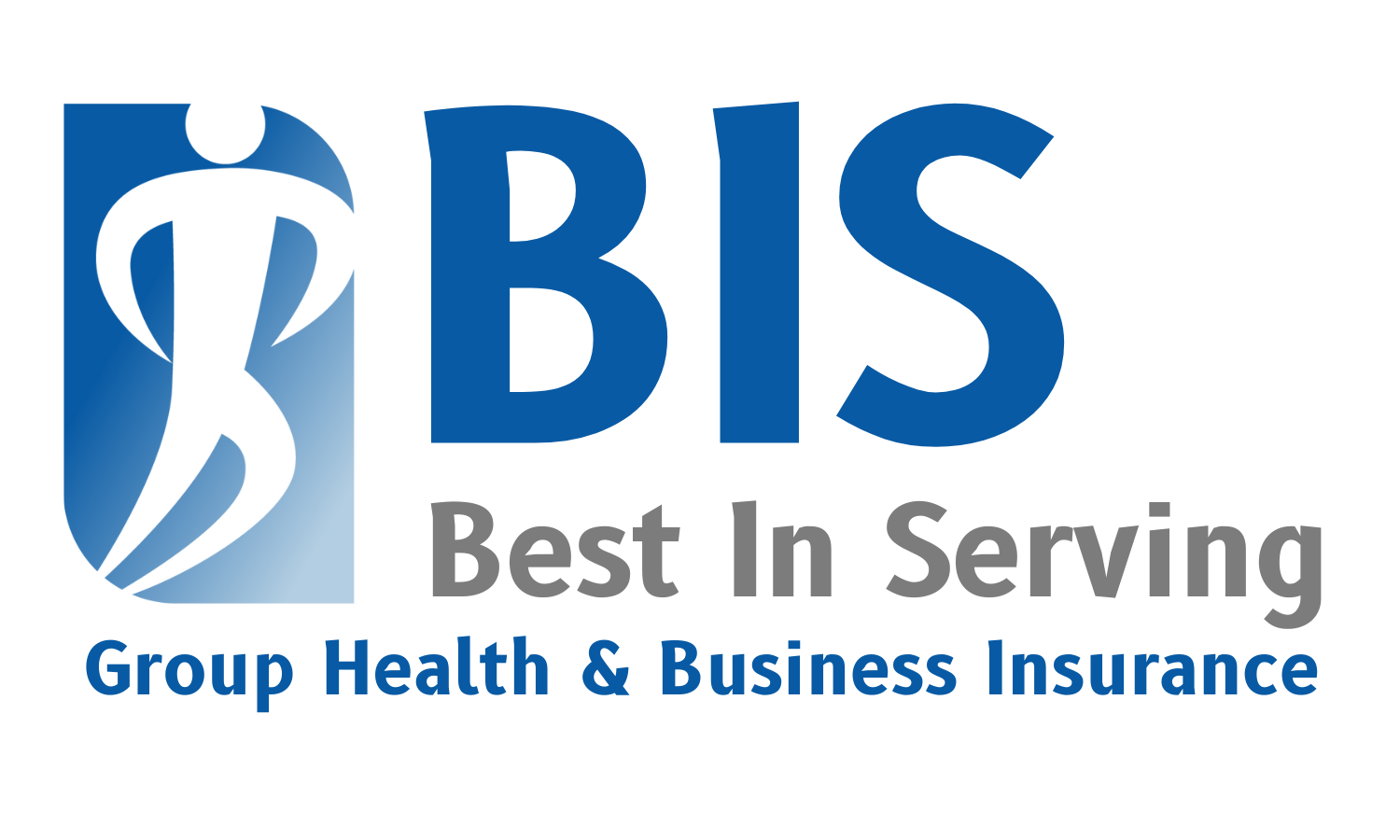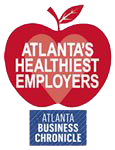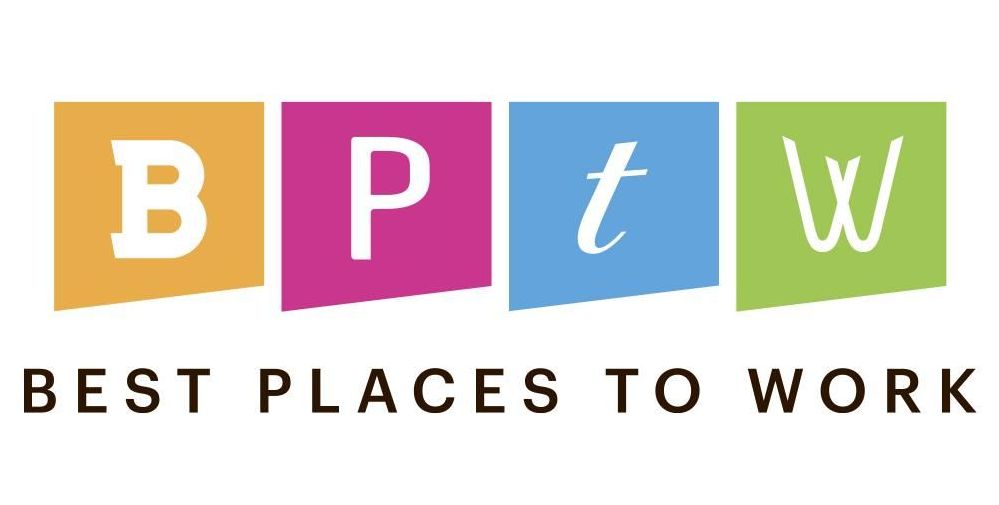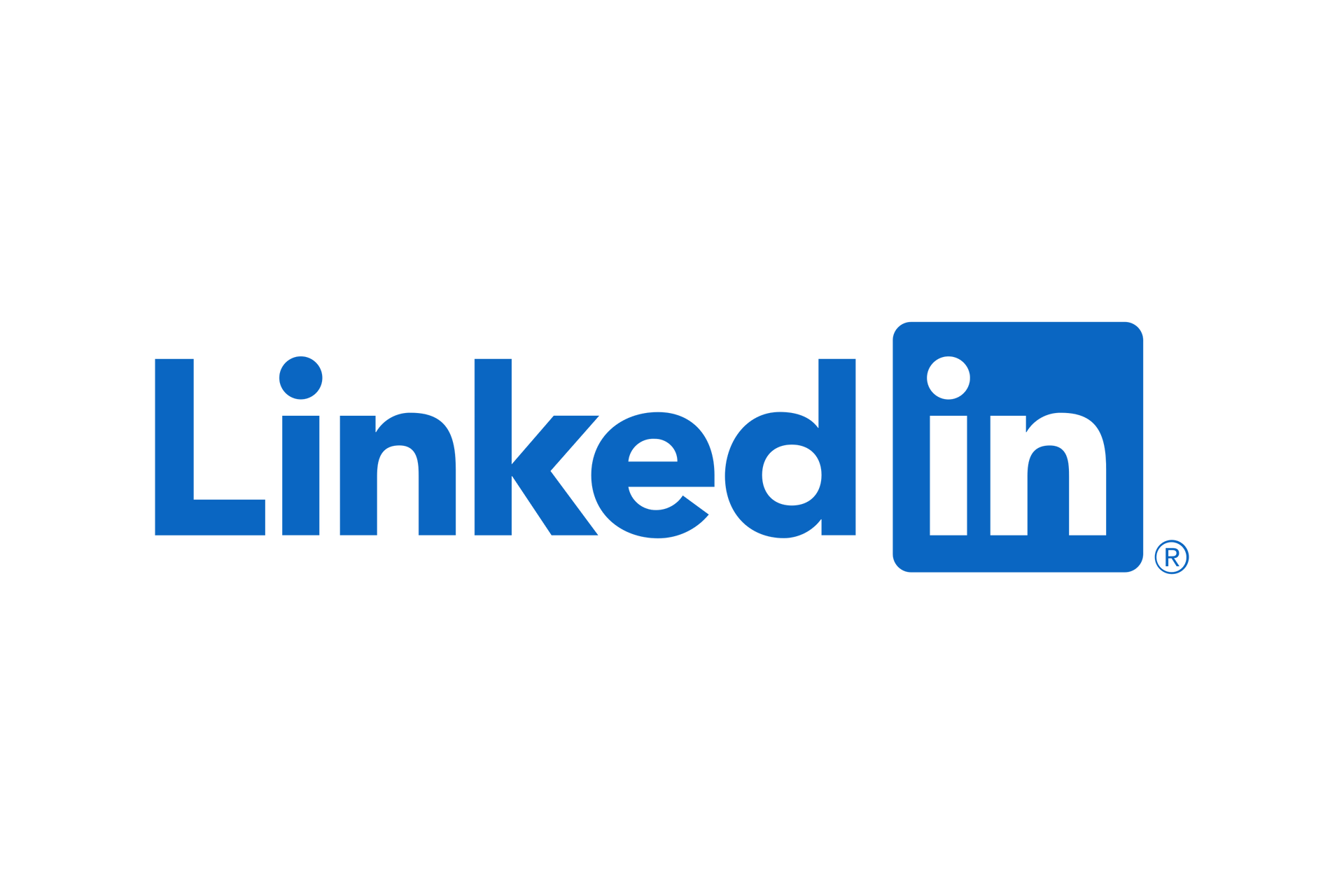What Employee Benefits Do Georgia Workers Want in 2025?
Key Insights on Employee Benefits for Small Businesses in Georgia
Employee benefits play a pivotal role in attracting and retaining talent, particularly for small businesses striving to compete with larger corporations. BIS Benefits has partnered with Mployer Advisor to bring you an exclusive 2025 Employee Benefits Benchmarking Report, tailored specifically for businesses in the South Atlantic region with 25–49 employees. This blog highlights key findings from the report and how they can help you craft a competitive benefits strategy.
Want to dive deeper? Download the full 2025 Employee Benefits Benchmarking Report to gain actionable insights and trends tailored for businesses like yours.
Key Findings from the 2025 Employee Benefits Benchmarking Report
1. Medical Benefits: Affordability and Trends
- 76% of employers in the South Atlantic region offer medical benefits, with 63% of employees enrolling.
- On average, small businesses contribute $580 per month for single coverage and $707 for family coverage—in line with regional benchmarks.
- High-deductible health plans (HDHPs) with health savings accounts (HSAs) are gaining traction as cost-saving options.
What this means for your business: Offering at least one affordable plan option with employer contributions around regional averages helps you stay competitive in the labor market.
2. Supplemental Benefits: A Strategic Edge
- Dental and vision benefits are offered by over 80% of employers in this cohort, with high employee enrollment rates of 98% and 93%, respectively.
- Life insurance payouts are commonly structured as multiples of earnings, with the majority of plans offering 1–2x salary coverage.
- Voluntary benefits such as critical illness and accident insurance are being increasingly adopted to attract talent without significant cost increases.
Takeaway: Supplemental benefits can enhance your overall offering without breaking your budget. Highlight these options to potential hires to differentiate your package.
3. Retirement and Financial Benefits: Securing the Future
- 91% of employers offer defined contribution retirement plans (e.g., 401(k)), with 74% of employees participating.
- Employer matching contributions average between 4%–6%, a vital component in employee retention.
- Auto-enrollment and auto-escalation features are becoming standard, simplifying the process for employees and increasing participation.
Action Step: Ensure your retirement plan includes competitive matching and user-friendly features like auto-enrollment to boost engagement.
4. Leave and Flexibility: Meeting Modern Expectations
- Consolidated leave programs (combining sick, vacation, and personal days) are offered by 69% of employers, reflecting a trend toward greater flexibility.
- Remote work options and flexible schedules are growing in popularity, with 40% of businesses offering work-from-home arrangements.
How to stand out: Consider adding or expanding remote work policies and flexible scheduling to meet employee expectations in 2025.
Why Download the 2025 Employee Benefits Benchmarking Report?
This comprehensive report provides:
- Regional and national comparisons to help you understand how your benefits stack up.
- Detailed insights into cost-sharing, plan designs, and employee preferences.
- Actionable data on emerging trends like HDHPs, flexible leave policies, and wellness programs.
The report equips Georgia small businesses with the knowledge needed to craft a competitive benefits package that aligns with employee needs and business goals.
Download the Report Today
Don’t miss out on the opportunity to gain insights that can transform your benefits strategy in 2025.
Download the full report here by entering your email address and receive actionable data to help your business attract and retain top talent.
